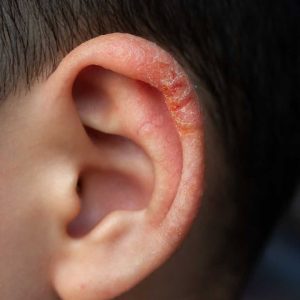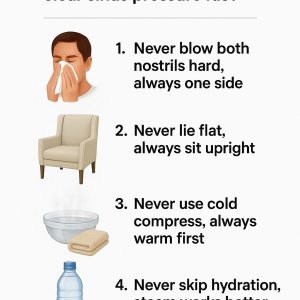As people age, stiffness in joints and back pain become common issues. While many products are available to help with pain and inflammation, some people prefer natural alternatives over medication. Acupressure, as described by Acupressure.com, is “an ancient healing art using the fingers to gradually press key healing points, which may stimulate the body’s natural self-curative abilities.”
The Melbourne College of Professional Therapists confirms that acupressure has its roots in ancient Chinese medicine. Acupressure has been explored for its potential benefits, which may include promoting relaxation, increasing circulation, and helping with muscle stiffness.

Which acupressure points might help relieve stiffness?
Two points that are commonly referenced for helping with muscle stiffness are GB34 (Gallbladder 34) and ST36 (Stomach 36).
How do these acupressure points work?
According to Modern Reflexology, GB34 is located on the side of the leg, right below the knee, and slightly in front of the outer leg bone. ST36 is found about four finger widths below the kneecap and one finger width to the outside of the leg. It is recommended to gently rub these points daily as a part of a routine to potentially alleviate muscle stiffness.
Other potential benefits of GB34 and ST36
GB34 is often used in traditional practices for its potential to help with issues like hip pain, sciatic discomfort, and muscle tightness. ST36, in traditional Chinese medicine, is believed to aid digestion, support muscle tone, and improve energy levels. However, it’s important to note that while acupressure is often used in complementary medicine, there is limited scientific evidence supporting its efficacy for all of these specific uses.
What else can help relieve stiffness?
In addition to acupressure, the National Fibromyalgia and Chronic Pain Association suggests incorporating practices like getting sufficient deep sleep, maintaining warmth to prevent muscle tension, and taking warm showers to improve circulation and relax muscles. These simple lifestyle adjustments can help alleviate morning stiffness without the need for medication.
Conclusion:
Acupressure can be a complementary technique for managing muscle stiffness, but its effects may vary from person to person. While traditional Chinese medicine has long recognized the benefits of acupressure, it’s important to approach it as part of a broader wellness routine rather than a guaranteed cure. Simple changes like improving sleep habits and using warmth can also help ease stiffness naturally. If symptoms persist, consult a healthcare provider to explore other treatment options.




